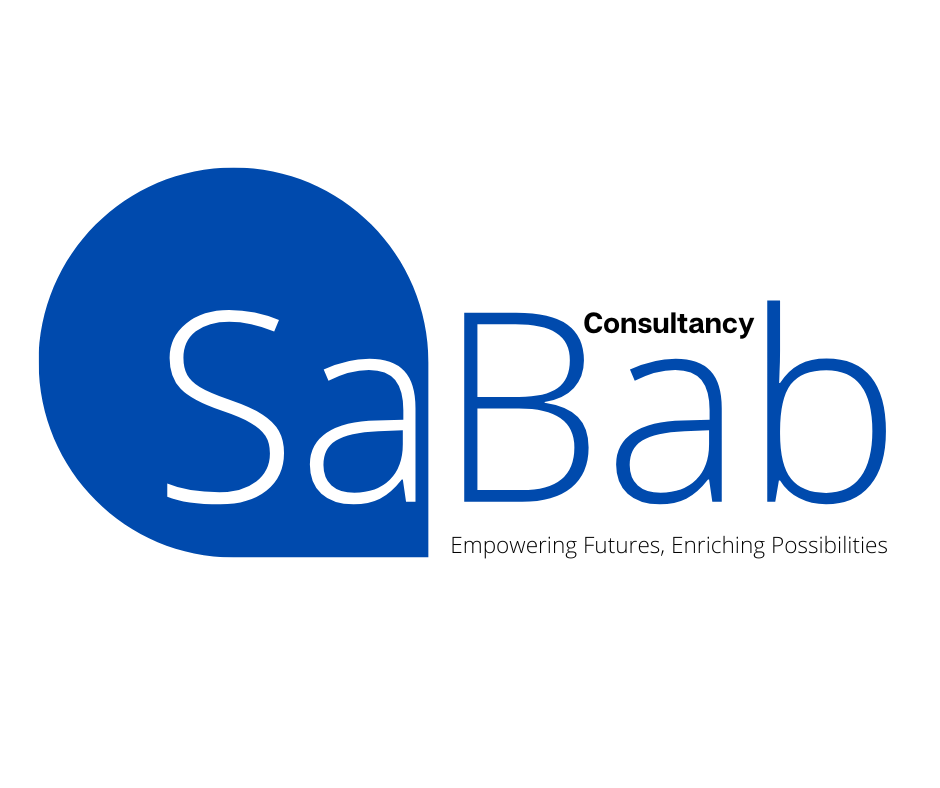When it comes to business success, understanding and delivering product quality is paramount. Dr. Bilal Ahmad Bhat, an esteemed entrepreneur and advocate for business excellence, recognizes the significance of product quality in creating a competitive advantage. In this article, we delve into the insights shared by Dr. Bhat regarding how to describe the quality of a product.
Meeting Customer Expectations
Product quality is defined by its ability to meet or exceed customer expectations. Dr. Bhat emphasizes that understanding customer needs, preferences, and pain points is crucial for defining product quality accurately. By conducting market research, gathering customer feedback, and aligning product features and functionalities with customer expectations, businesses can ensure that their products meet the desired standards of quality.
Reliability and Performance
Quality products are reliable and perform as intended. Dr. Bhat highlights the importance of ensuring that products consistently deliver the promised benefits and functionalities. Reliability involves the product’s ability to perform consistently over time, without defects or malfunctions. Customers expect products to perform their intended functions effectively, and businesses must focus on ensuring that their products consistently meet these performance standards.
Durability and Longevity
Product quality is also reflected in its durability and longevity. Dr. Bhat stresses the importance of developing products that are built to last and withstand regular usage. Durability encompasses the product’s ability to withstand wear and tear, resist damage, and maintain its performance over an extended period. High-quality products are designed and manufactured using robust materials and craftsmanship to ensure they withstand the test of time.
Aesthetics and Design
The quality of a product extends beyond its functional aspects. Dr. Bhat emphasizes the significance of aesthetics and design in defining product quality. Aesthetically pleasing products with thoughtful design elements not only attract customers but also enhance the overall user experience. The visual appeal, ergonomics, and attention to detail in the design contribute to the perceived quality of the product.
Materials and Manufacturing Processes
The choice of materials and manufacturing processes significantly impacts product quality. Dr. Bhat highlights the need for businesses to prioritize high-quality materials that are suitable for the product’s intended use. Additionally, employing effective manufacturing processes ensures consistency, precision, and adherence to quality standards. By using the right materials and employing stringent manufacturing practices, businesses can deliver products that meet the desired quality benchmarks.
Customer Support and After-Sales Service
Product quality also encompasses the level of customer support and after-sales service provided by the business. Dr. Bhat emphasizes the importance of addressing customer concerns promptly, providing accurate product information, and offering reliable post-purchase assistance. Exceptional customer support and after-sales service contribute to the overall perception of product quality, as customers value the assurance and support they receive throughout their product ownership journey.
Defining the quality of a product requires understanding customer expectations, focusing on reliability and performance, ensuring durability and longevity, considering aesthetics and design, using high-quality materials and manufacturing processes, and providing excellent customer support. With insights from Dr. Bilal Ahmad Bhat, entrepreneurs can prioritize product quality as a key differentiator in the market. By consistently delivering high-quality products that meet or exceed customer expectations, businesses can enhance customer satisfaction, build brand loyalty, and achieve long-term success in today’s competitive business landscape.

























